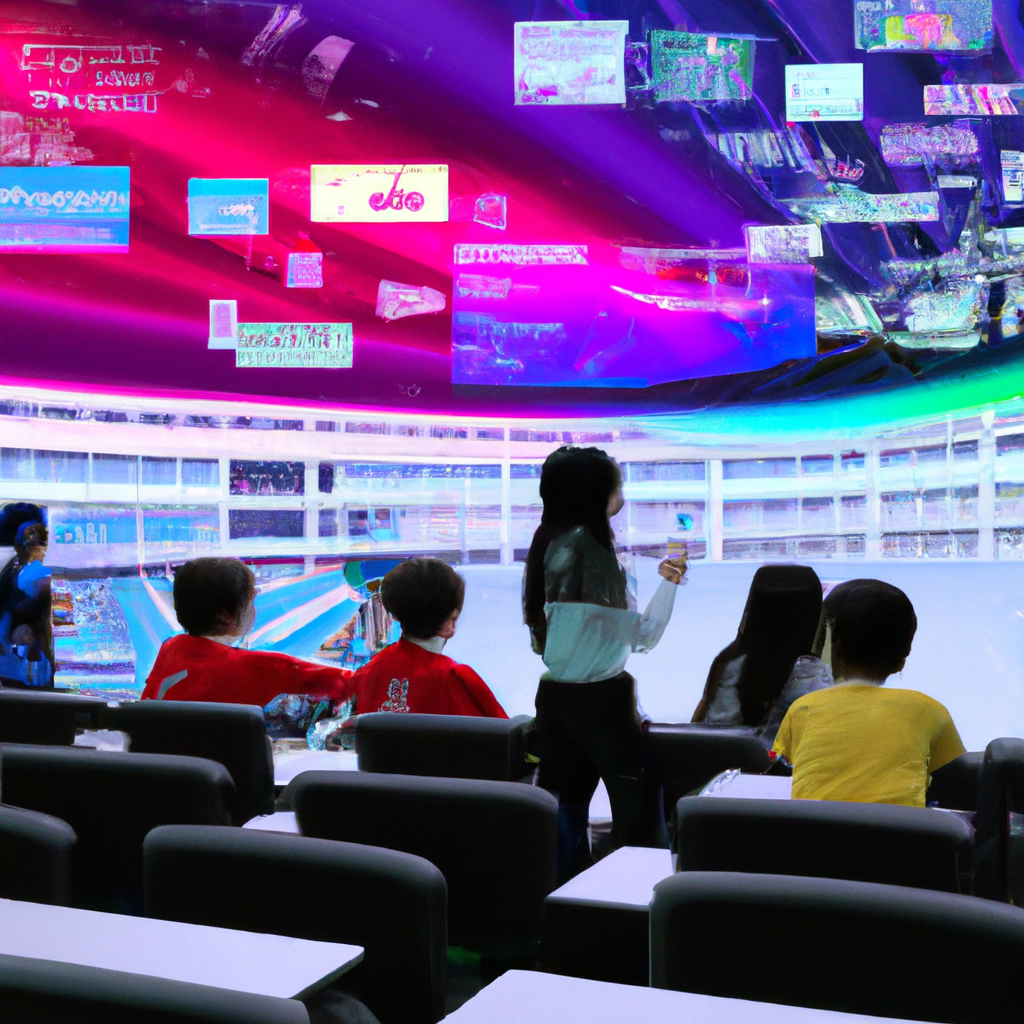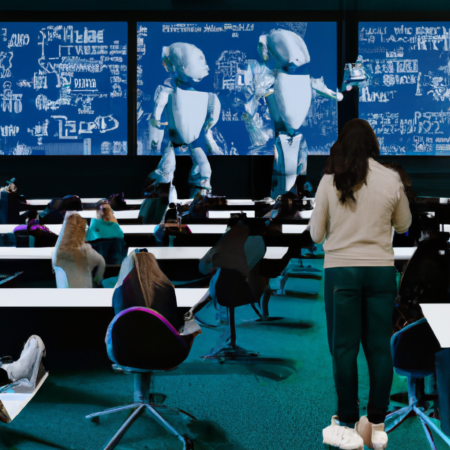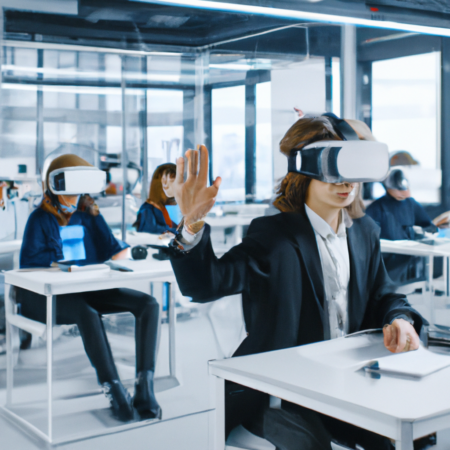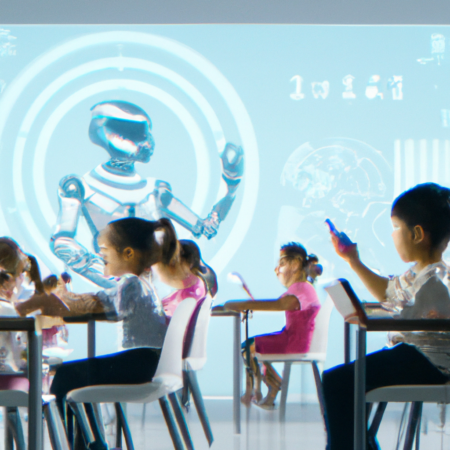Revolutionizing Education: Embracing Blended Learning in 2025
As we progress further into the decade, the face of education continues to evolve with significant advancements in technology and pedagogy. The concept of blended learning, which integrates online digital media with traditional classroom methods, has taken a forefront position in educational strategies worldwide.
Understanding Blended Learning
Blended learning is not just a temporary educational trend but a robust approach to education that offers flexibility, accessibility, and customization to meet the diverse needs of students. By 2025, it has become an integral part of educational systems, providing a seamless blend of synchronous and asynchronous learning experiences.
Benefits of Blended Learning
One of the key advantages of blended learning is its ability to personalize learning experiences. Teachers can utilize data from digital platforms to tailor instruction to the needs of individual students. This personalization helps in addressing the varied learning speeds and styles of students, making education more inclusive and effective.
Implementing Blended Learning
The successful implementation of blended learning requires careful planning and support. Schools need to invest in reliable digital infrastructure, professional development for teachers, and effective communication channels between educators and students.
Future Prospects
Looking ahead, the potential of blended learning is vast. Educational institutions that embrace this model can expect to see improved student engagement and performance, along with higher levels of student satisfaction.
Conclusion
As we move through 2025, it is clear that blended learning is here to stay. It represents a significant leap forward in how education can be delivered, promising a brighter future for students around the world.






